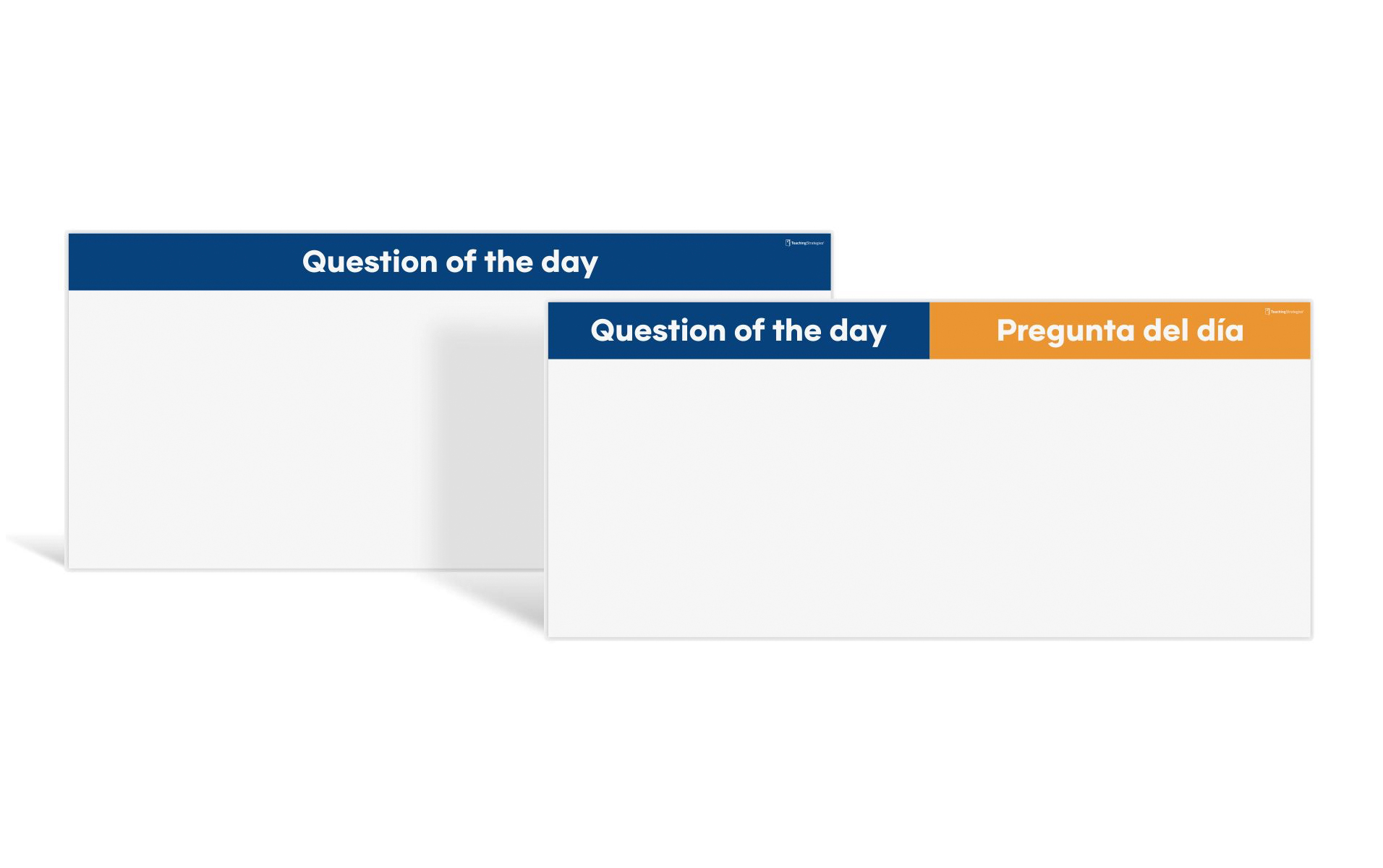
Asking a simple question about the study topic connects it to children’s lives. Offer questions with yes/no answers (e.g., Did you see a wheel today?) or invite children to make a decision (e.g., Which of these is a simple machine?) to further their thinking on an investigation question. Encourage family members to join the conversation with their child at drop-off time or through a family communication app.
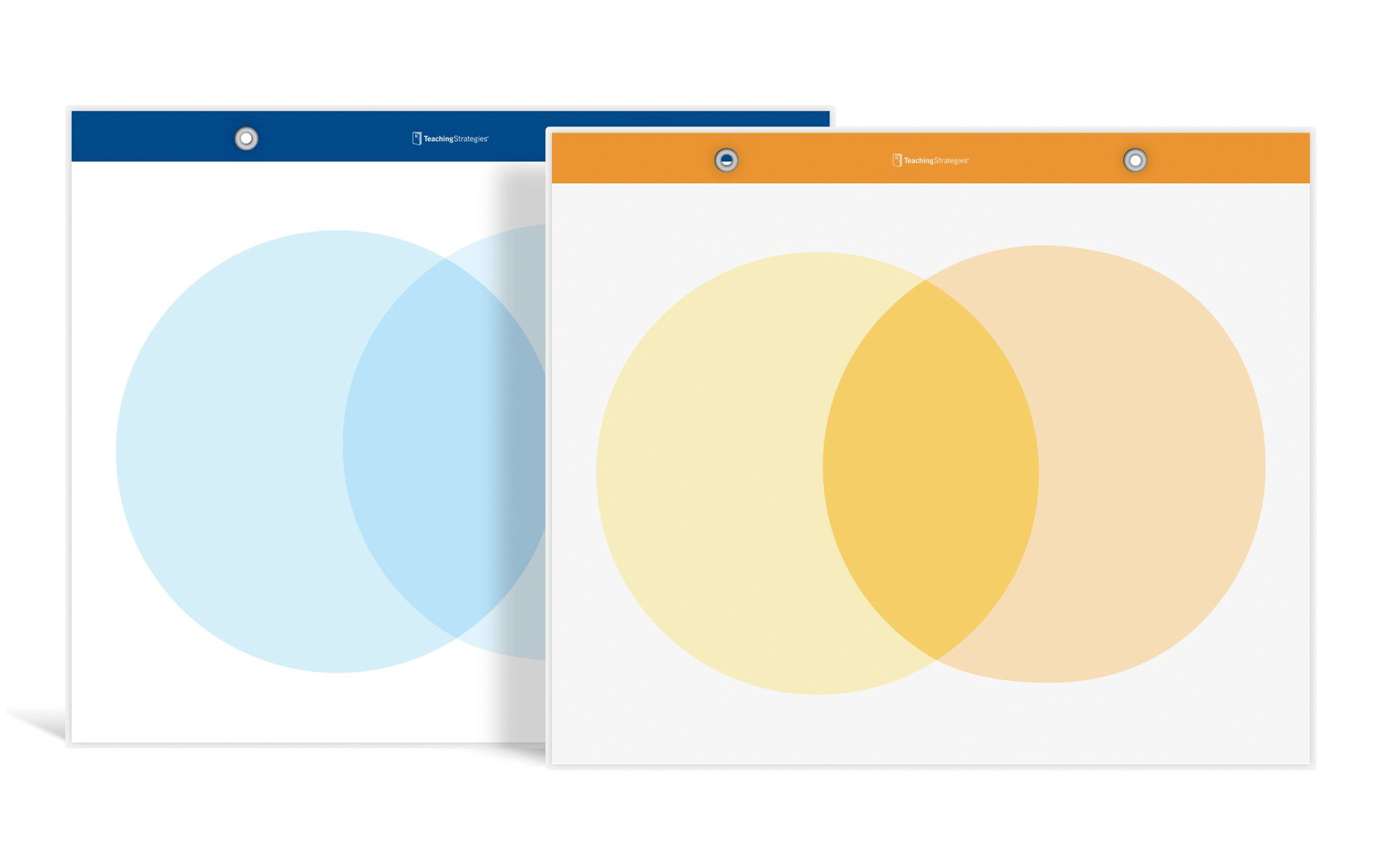
Venn diagrams are a great way to compare and contrast real items related to the study or abstract concepts like “What jobs do we have at home? What jobs do we have at school?”
What kinds of things can we compare and contrast?
- Books by our favorite authors
- Types of music
- Different versions of the “three little pigs” stories
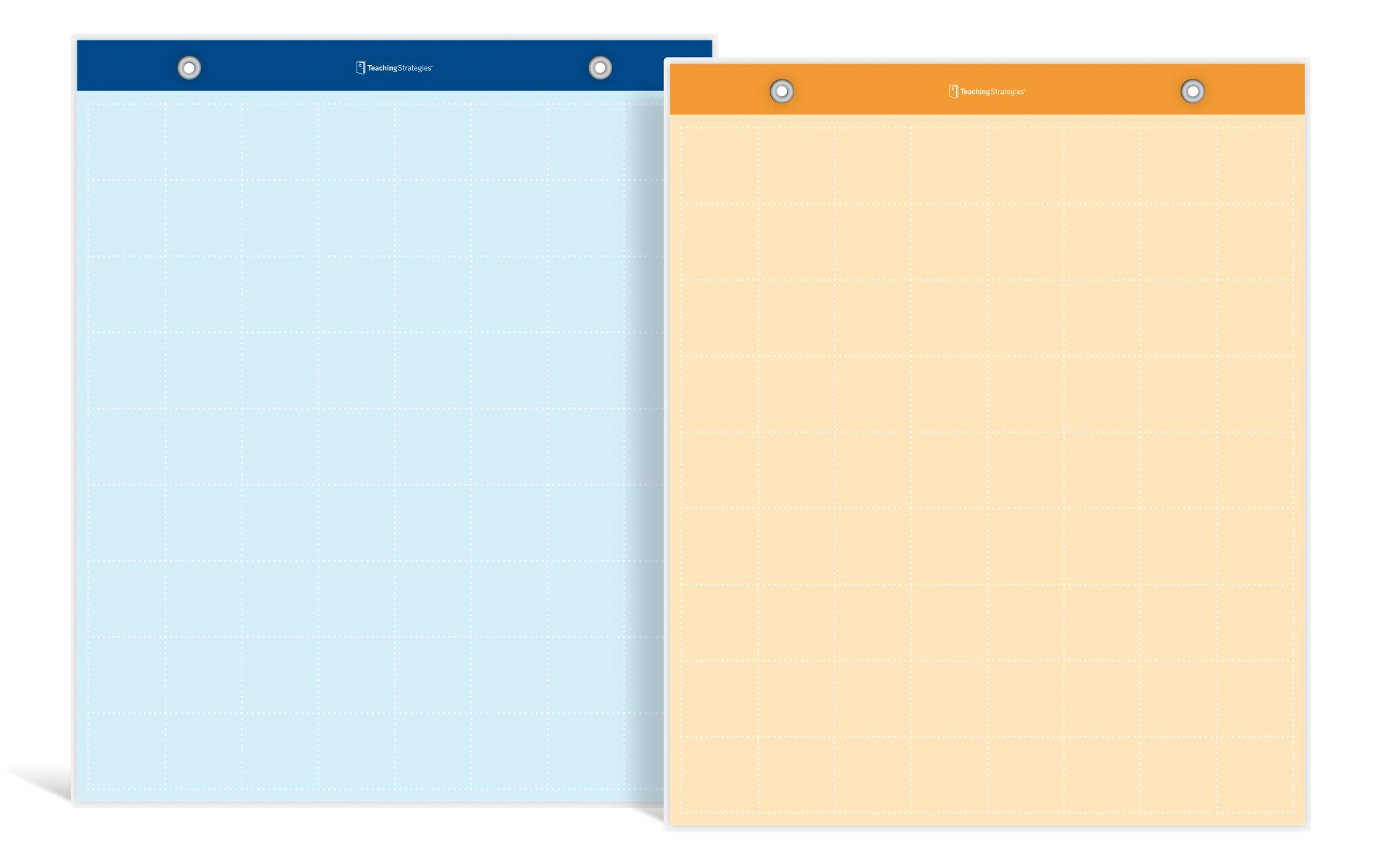
Sorting and graphing helps children communicate and represent their findings. Grids can be used in many ways! Take the poster outdoors to organize and graph natural items the children find.
Take a vote! Ask children to tape their picture or write their name on sticky notes to vote for their favorites. The large-grid squares accommodate children’s writing, sticky notes, and real objects!
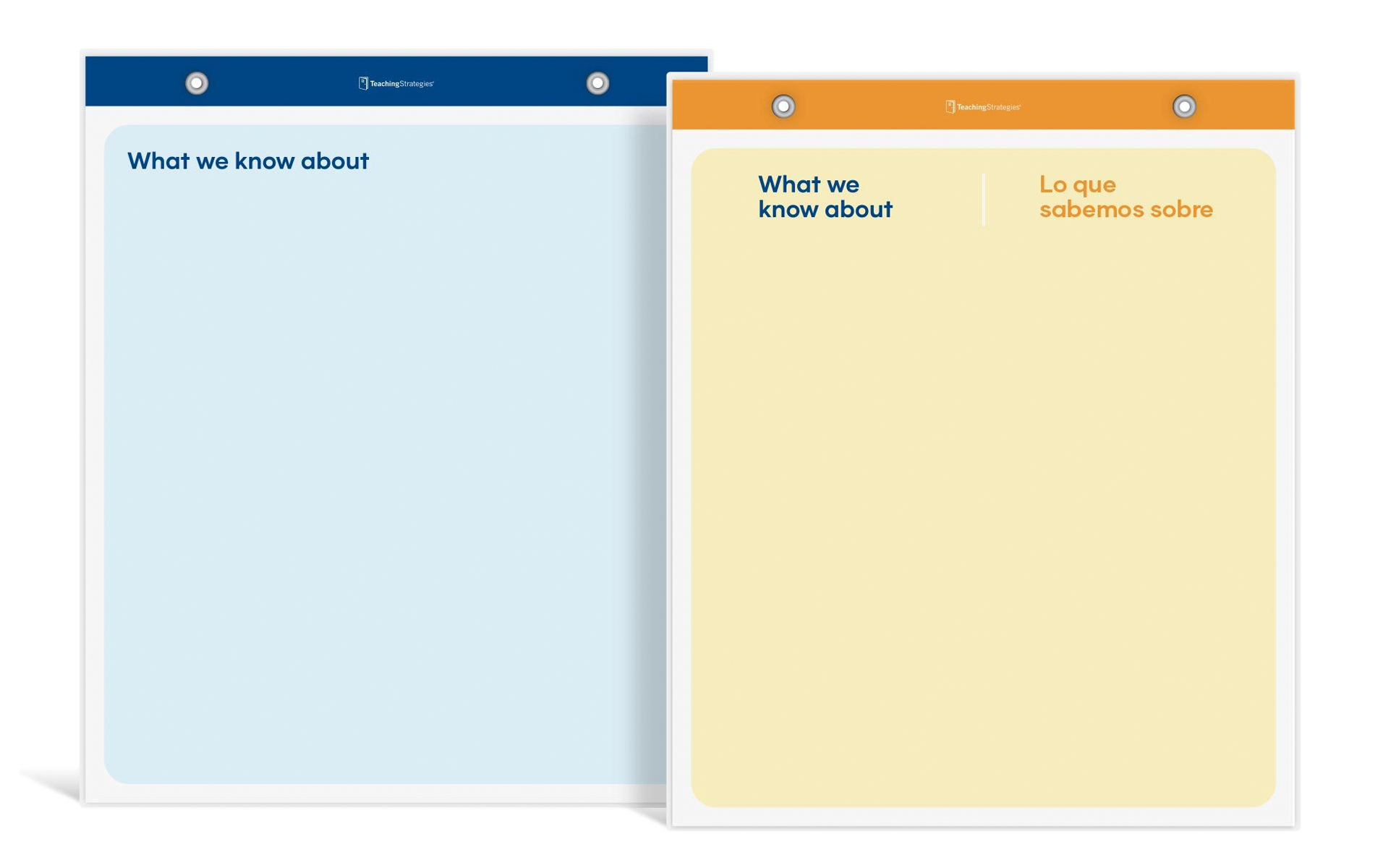
Use this poster during large-group time to model writing as we document children’s ideas about a topic. Shared writing offers opportunities to understand children’s thinking by using open-ended questions like What do you see?, Where have you seen this?, and How do you use this? Doing so helps you learn what children already know, identify classroom experts, and celebrate children’s prior knowledge about your study topic.
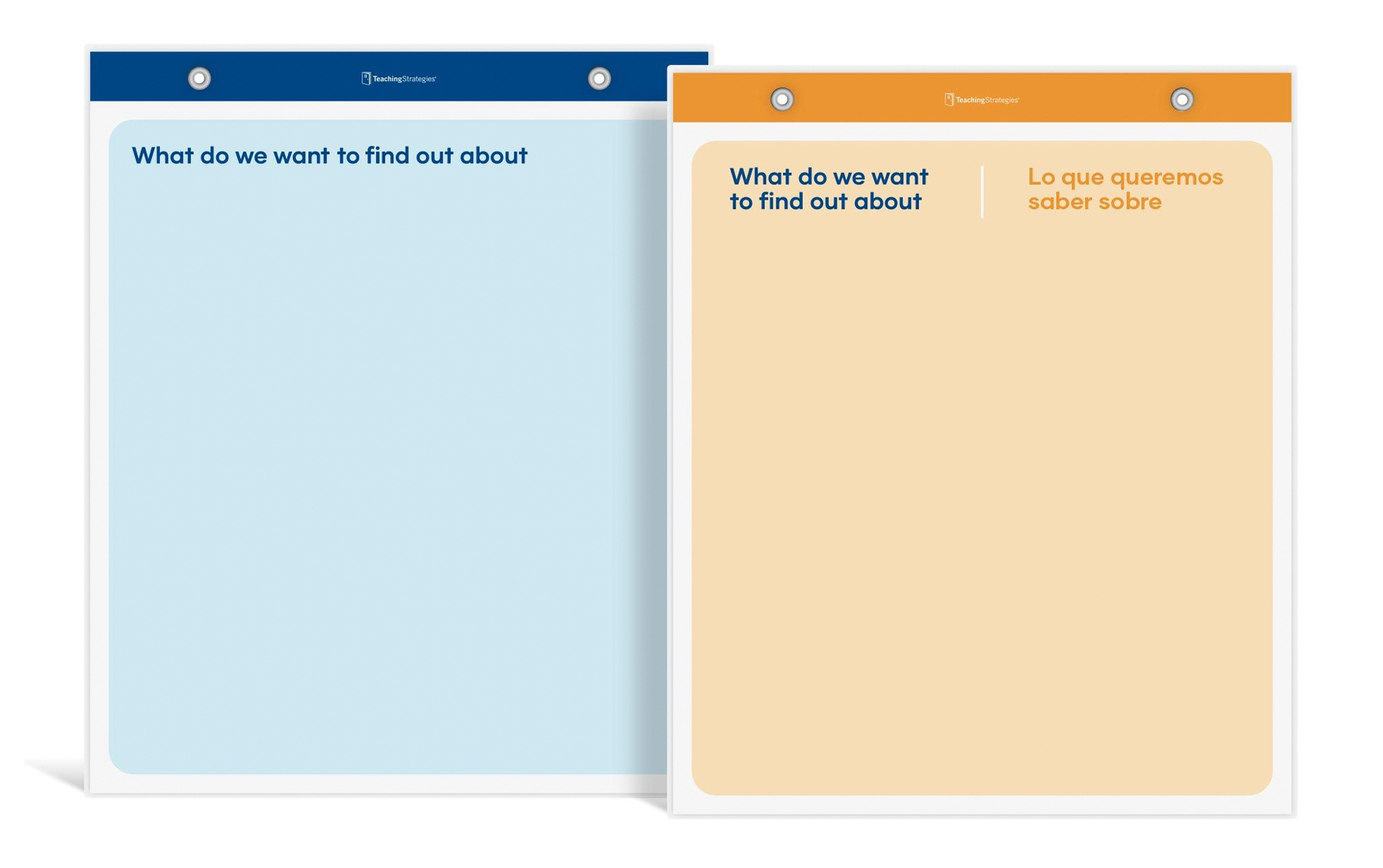
A true hallmark of The Creative Curriculum is fostering children’s ability to wonder and explore. Demonstrate shared writing by adding children’s questions to the poster. You can also use this time to model how to formulate questions. For example, if a child says “Slippery stairs?” You might rephrase as a question such as, “I think you want to find out how we can stay safe when it’s snowing. Let’s write that down.” Use children’s questions to guide your study investigation.
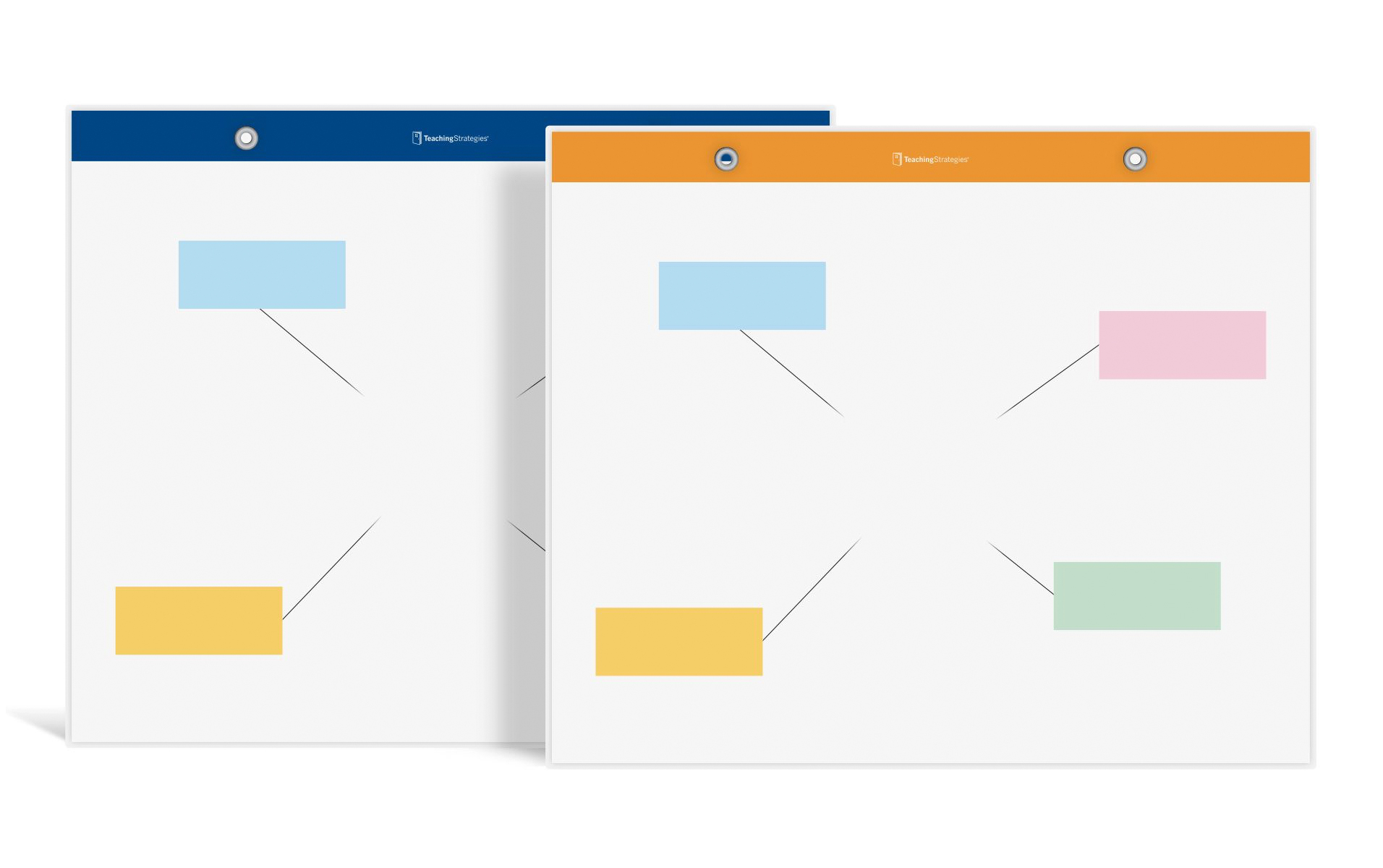
This resource can be used to organize the big ideas and questions the classroom community has related to a study topic. As you explore your topic, add children’s findings to the web. You can also use this poster to generate ideas for any topic that comes up, such as What do we need before we get our class fish? or How can we stay safe at school? Later, review the web with the children as you talk about the questions they found answers to and celebrate all your learning!
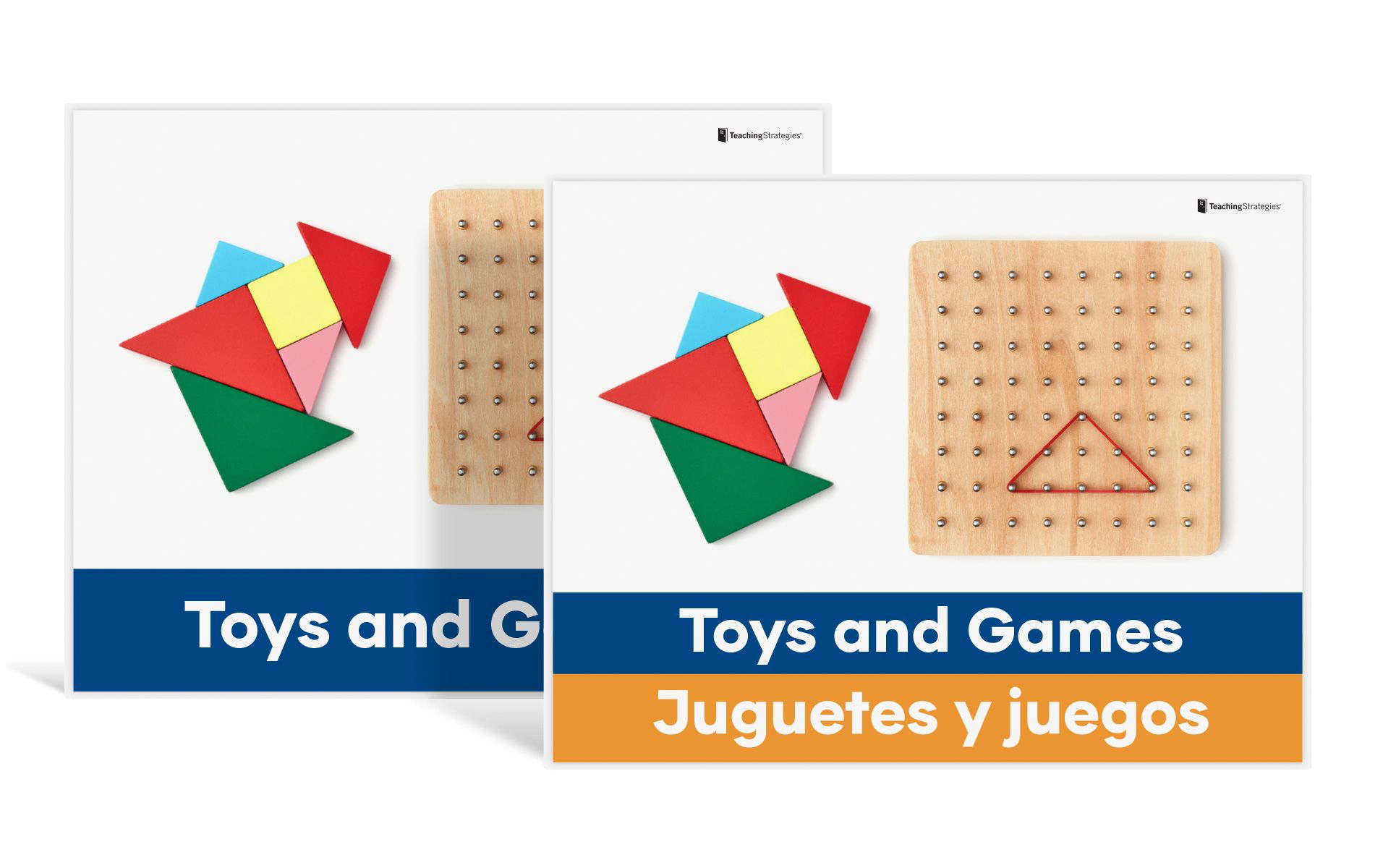
Clearly defined interest areas help children independently find materials, concentrate on their work, and engage in more complex play. Try using these signs in different ways to support a positive physical environment.
- Post them on a wall or bookshelf near their respective interest areas entrance to introduce each area.
- Use them as part of your classroom management system. Add pegs, hook-and-loop fasteners, or pockets to indicate how many children may play in each area at a time.
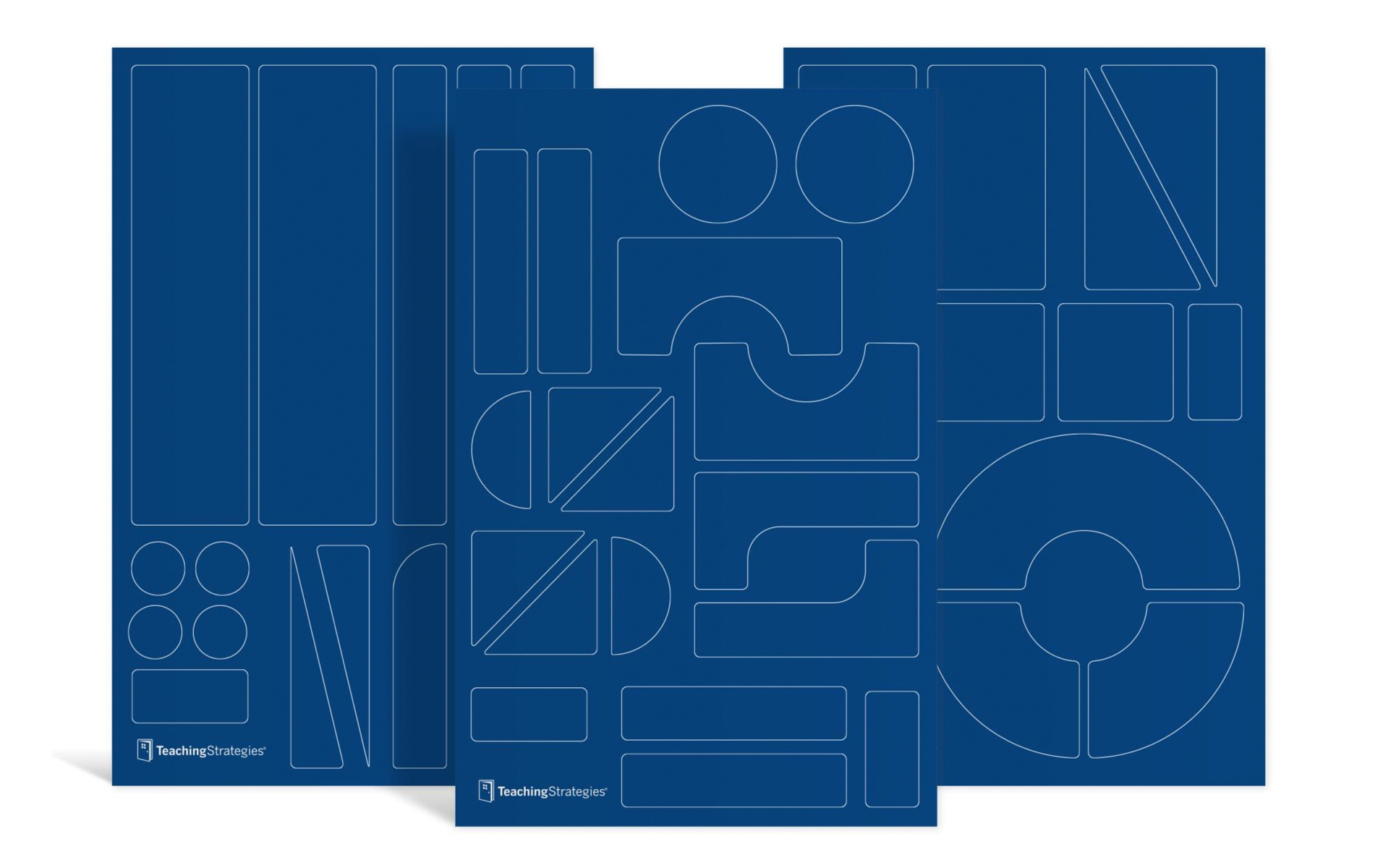
Labels play a big role in teaching children where materials belong and fostering children’s independence. Consider asking children for their help in deciding where each type of block should “live” before placing the block label on the shelf. When children have an opportunity to create expectations, they are more likely to follow them! .

What is the most essential element of a learning environment using The Creative Curriculum? The interactions! Display and rotate few of these open-ended conversation starters around the classroom at adult eye-level. When you engage children in conversations you help them see themselves as important and valued members of the classroom community.

How does your learning environment communicate positive messages? Display one or a few of these positive message strips around the classroom at an adult-eye level to help with ongoing reflection. Use these resources as reminders to keep these powerful messages in mind and influence every interaction and decision you make.
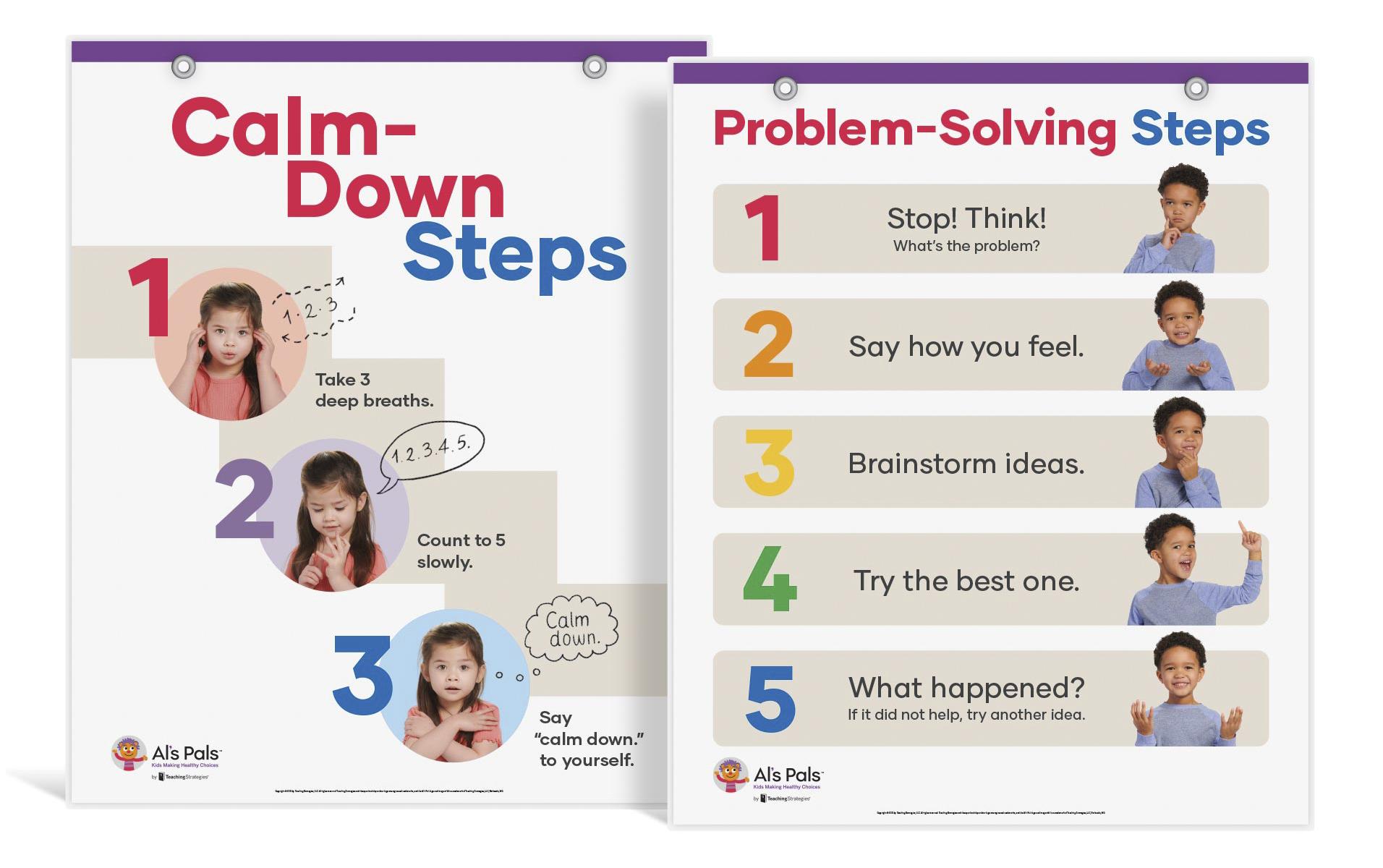
It is important to introduce social–emotional learning just as intentionally as literacy and mathematics learning! Display these posters in the large-group area or in the calm-down place. Whether used in a large group, small group, or one-on-one discussion, these posters can help you talk about managing emotions and calming down. Regularly practice using the problem-solving steps and talk about how doing so helps create a positive classroom community.